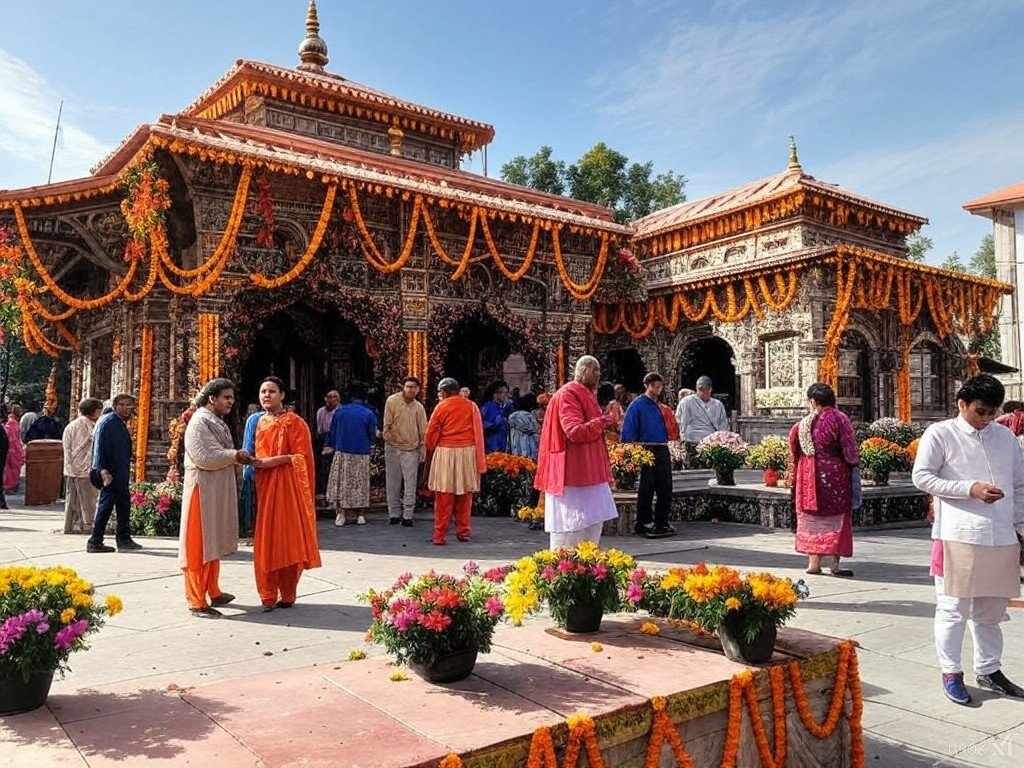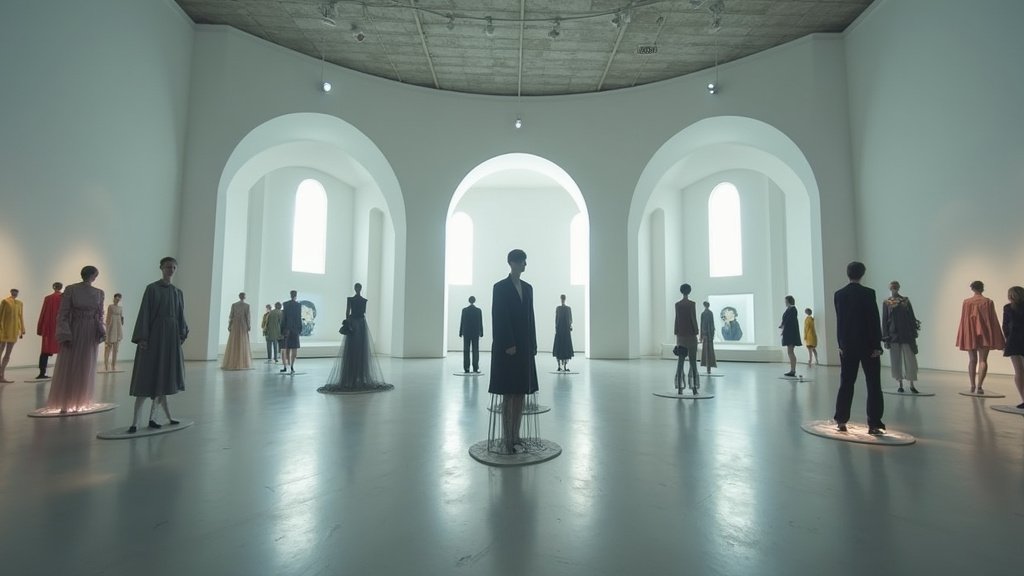Revitalizing Himachal Pradesh: A Master Plan for Cultural Renaissance
In a significant stride towards rejuvenating the rich cultural and religious heritage of Himachal Pradesh, Chief Minister Sukhvinder Singh Sukhu has announced an ambitious master plan aimed at the beautification and enhancement of several prominent temples in the region. This initiative encompasses revered sites such as Baba Balak Nath, Mata Shree Chintpurni, Shree Naina Devi, and Maa Jwalaji. The announcement, made during a recent review meeting of the state’s Art, Language, and Culture Department, marks a critical step in preserving the state’s heritage while simultaneously fostering local artistry and tourism.
A Focus on Local Artists and Cultural Events
The master plan is not just about beautification; it seeks to elevate the cultural fabric of Himachal Pradesh through a series of district-level festivals that will spotlight local artists. Starting in 2025, these festivals will allocate a remarkable 33% of their budgets specifically for the performance fees of local artists, ensuring that the creative talents of the region receive the recognition and financial support they deserve.
In a bold move to celebrate the state’s diverse cultural landscape, at least 107 state-sanctioned fairs have been scheduled. These events will vary in scale, encompassing international, national, state, and district levels. They are designed to attract both local residents and tourists, providing a platform for artisans, musicians, and performers to showcase their skills and traditions. The financial commitment for the cultural events in the fiscal year 2024-25 includes a substantial allocation of Rs 1.10 crore, demonstrating the government’s dedication to promoting and preserving Himachal Pradesh’s artistic heritage.
Modernizing Heritage: The Digital Museum Initiative
In tandem with the cultural festivals, the Himachal Pradesh government is making strides in the modernization of its heritage sites. One notable project is the development of a digital museum at Bantony Castle in Shimla. This initiative aims to create an interactive and engaging space that showcases the state’s history, art, and culture through cutting-edge technology. Visitors will have the opportunity to explore virtual exhibits, historical artifacts, and multimedia presentations that highlight the rich tapestry of Himachal Pradesh’s past.
Additionally, the revitalization of the International Roerich Memorial Trust is positioned to enhance its appeal as a significant tourist attraction. The Roerich family, known for their contributions to art and culture, left an indelible mark on the region. By modernizing this memorial, the government hopes to draw in more visitors, thereby boosting local tourism and supporting the economy.
The Impact of Cultural Revitalization on Tourism
Tourism plays a pivotal role in the economy of Himachal Pradesh, and the focus on cultural revitalization is poised to attract a diverse range of visitors. With its stunning landscapes and rich cultural heritage, the state has always been a favored destination for travelers. However, the enhancement of cultural sites and the promotion of local artists can further elevate the tourism experience.
By integrating cultural festivals and modern attractions, Himachal Pradesh can position itself as a prime destination for cultural tourism. This strategy not only serves to preserve the state’s heritage but also fosters economic growth by creating jobs in the tourism and hospitality sectors. Local artisans and performers will benefit directly from increased visibility and engagement, creating a sustainable ecosystem that nurtures creativity and cultural expression.
Challenges and Opportunities Ahead
While the master plan outlines a promising vision for the future of Himachal Pradesh’s cultural landscape, challenges remain. Implementing such an ambitious agenda requires careful planning, community involvement, and adequate funding. Moreover, sustaining the interest of local artists and ensuring their participation in the long term will be crucial for the success of these initiatives.
However, the opportunities presented by this cultural renaissance are immense. Engaging local communities in the planning and execution of festivals and events can foster a sense of ownership and pride in their heritage. Furthermore, the integration of technology in heritage preservation, such as the digital museum project, can attract younger audiences and encourage them to connect with their cultural roots.
Conclusion
The comprehensive master plan put forth by Chief Minister Sukhvinder Singh Sukhu signals a new dawn for the cultural and religious heritage of Himachal Pradesh. By prioritizing local artists, enhancing significant temples, and modernizing heritage sites, the government is not only preserving the past but also paving the way for a vibrant cultural future. This initiative holds the potential to transform the state into a thriving hub for cultural tourism, providing economic benefits while enriching the lives of its residents. As the state embarks on this journey of revitalization, the collaborative efforts of the government, local communities, and artists will be integral in realizing this vision and ensuring that the rich traditions of Himachal Pradesh continue to flourish for generations to come.





